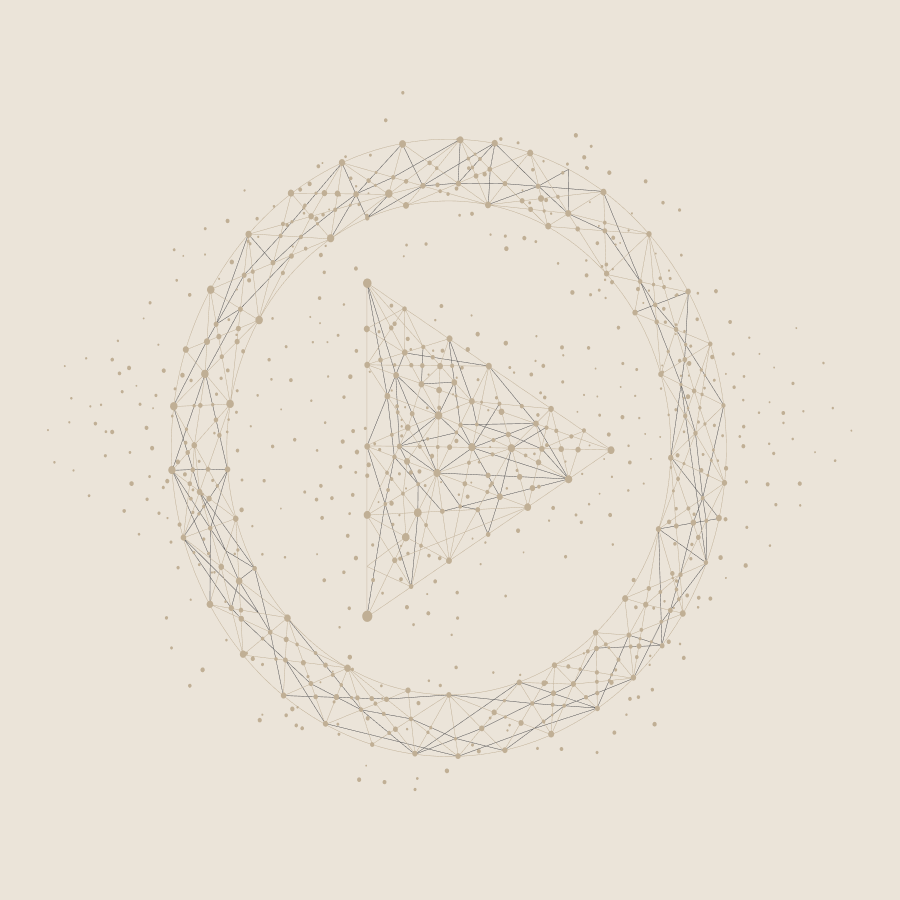False croup: symptoms, treatment, first aid
Make an appointment for a consultation and we will contact you for more details
Make an appointment for a consultation
Specify your contacts and we will contact you to clarify the details
Questions and answers
Сhronic nonspecific spondylitis
Can we go to your center in the following case: the patient born in 1955. Diagnosis: chronic nonspecific spondylitis T7-T9. A state after interbody fusion T7-T9 with autologous bone. Brown-Sequard's syndrome. Right thoracotomy with interbody fusion using autotransplantation (resected rib) was done in 2010, no bone
block formed during the postoperative period. Transpedicular fixation T 5-6-10-11 was also done in November 2010. There was a primary healing on the wound as a result of treatment. He was able to sit and stand as well as stay in upright position up to 2-3 hours. At the moment, mobility is restored, able to walk and sit. But pain is still present. Can we expect further surgical treatment and rehabilitation at your center?
...more
In this case surgical care rendered fully, but it is hard to say more without images. If pain is still present, it is necessary to look for the cause of this, but it may be in the early postoperative period. You can contact us for a consultation to clarify the nature of the disease.
MRI or CT scan
Please tell me what kind of examination is better in case of head injury - an MRI or CT scan. I have hit my head in June this year, and now I feel a discomfort at the site of the injury sometimes (there in no acute pain)?
CT has advantages in the visualization of bone structures. MRI is better for soft structures imaging, including the brain substance. According to the description, the intracranial structures damage is unlikely. Why CT or MRI? An ultrasound of soft tissues in the area of injury is also applicable. The pain in the
scull can also be associated with vessel, for example, cranial arteritis, or lymphadenitis, or muscle/enthesis, and then you might need certain blood tests. And maybe these tests are not required. I would recommend you to see the doctor and let him assess the case; he will take a decision concerning following examination as a result of consultation.
...more
Lump in my breast
I have noted the lump in my breast periodically appeared following breastfeeding my first child (as a result of plugged duct). I did an ultrasound, but it revealed nothing, as if everything was normal. I knead my breast periodically and feel pain at those moments. Now I am pregnant, due date is on 20th. What should I
do?? When to examine my breasts, is it possible to perform the examination during pregnancy and lactation?
...more The "lump" in the breast cannot occur after feeding, even if it was the plugged duct. You should not "knead" the breasts. If there is a problem or even if you think it is – the breast should be examined. Pregnancy and breastfeeding are not contraindications for this. Under normal conditions for pregnant women we
recommend a breast examination during 1 and 3 trimester (before childbirth). There are no contraindications for breast examination in your case. You are welcome at any convenient time for examination and advice on breastfeeding.
...more
Benign disease
I have a benign lump in one breast size of 12.0*9.9 mm. Puncture or a biopsy will be done next week. I was told by mammologist that surgery is needed. As far as I know, concerning the surgery, axillary lymph nodes are to be removed together with the tumor. I also know that in Europe lymph nodes are testes for
specific markers and only affected ones should be removed; if lymph nodes are no affected, they are not to be dissected and the surgery is minimally invasive. So what is your approach? Does it make sense to do it or you have the same methods and the same equipment?
...more If histological examination of the sample reveals fibroadenoma of basic type or tissue hyperplasia without atypia, or nodular type fibrocystic condition of the breast tissue, the question of surgical treatment should not arise. If biopsy reveals giant fibroadenoma sectoral resection is indicated, i.e. mass excision
within the healthy tissues and lymph nodes will be removed. In case of non- benign histological result, i.e. carcinoma is detected, subsequent immunohistochemical examination is required as well as a clinical oncologist and surgeon consultation; and the decision on complex treatment will be taken by case management team. With regard to the diagnosis and treatment methods in our center, each case is addressed individually. Sometimes we remove a benign area (for example, the area of hyperplasia with atypia) using the vacuum-needle technique through 3-4 mm incision. As for the surgical procedure protocols for benign breast tumors, benign simple fibroadenoma is not removed in America, Europe, Israel, etc. I would like to discuss your case with you in more details and perform some additional tests if needed, so I would be glad to see you at EMC’s Breast center.
...more
Melanoma
My mom had a mole (suspected for melanoma) removed in November 2015. Histology revealed lentigo melanoma in situ. We checked the slides back in the Netherlands, and the diagnosis was a superficial spreading melanoma of Clark 3 Т1а Beslow 0,8 stage; re-excision with capture of 1 cm of healthy skin is recommended. Is
it possible to make re-excision and subsequent histology in your hospital? If so, how soon?
...more We absolutely agree with the opinion of the European colleagues: re-excision with a wider offset is required; according to the Russian Protocol it is necessary to move 2 cm from the peripheral edge. This is for counter insurance, as lentigo-melanoma is a favorable type, and previous surgery is likely to put an end to
this story and the forecast is favorable. All the necessary manipulations for the study are possible in our Clinic; we have our own well-equipped laboratory with the possibility to ask the advice concerning the sample in Germany and Israel.
You should make an appointment with the surgeon-oncologist (Marina Bissessar) in the nearest time to conduct the diagnostic re-excision. Hope to help!
...more Subscribe to the newsletter
Find out before others about the special offers
and new products of the EMC
and new products of the EMC




.webp)

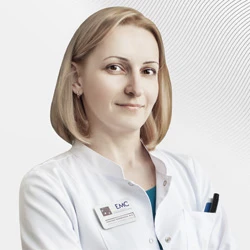
.webp)
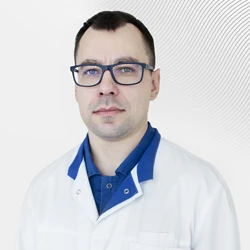
.webp)
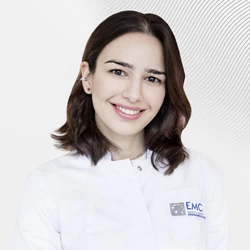
.webp)

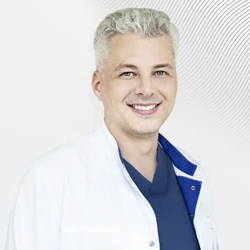
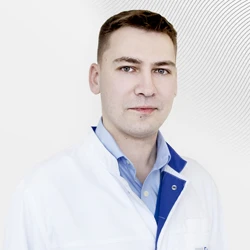

.webp)
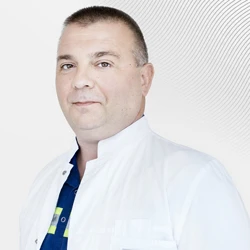

.webp)

.webp)
